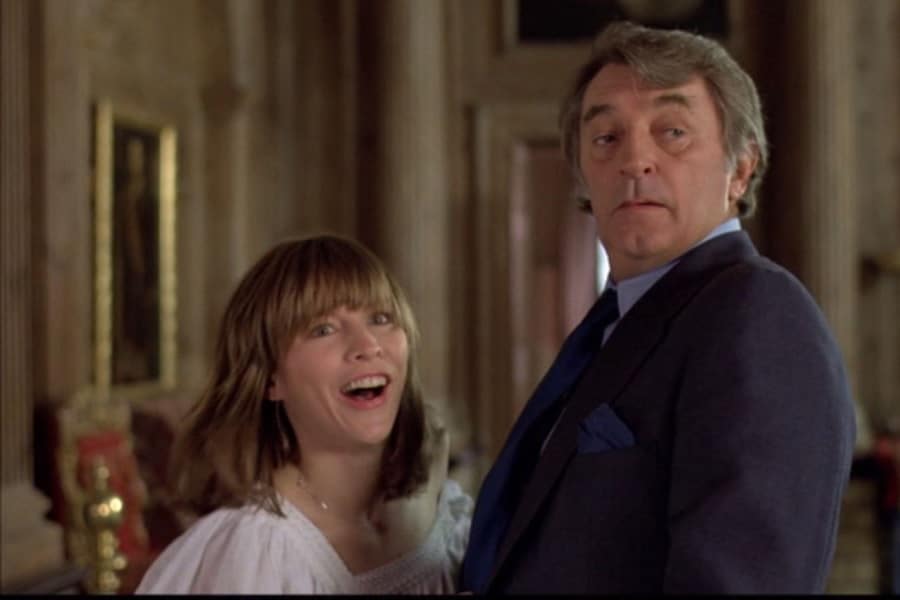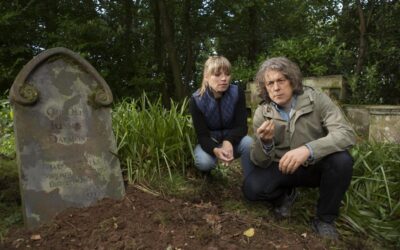
Mysteries of the 1970s
The 1970s was a time when vinyl records were at their prime, disco balls shimmered at every dance party, and the world of mysteries found a unique groove, with iconic tales woven on both pages and screens.
Consider, for instance, the wonders of “The Seven-Per-Cent Solution.” Released in 1976, this novel by Nicholas Meyer showcases Sherlock Holmes in an unexpected light. It’s not your everyday Sir Arthur Conan Doyle fare. Instead, Meyer paints a gripping tale where Holmes’s cocaine addiction becomes a central theme. John H. Watson joins forces with Sigmund Freud to help the great detective. Add to the mix a new mystery that needs solving, and you have a fresh twist on an old classic, which also saw a captivating film adaptation in the same decade.
But speaking of iconic detectives, the ’70s television wouldn’t be complete without mentioning “Columbo.” Peter Falk, with his rumpled raincoat and perennially misplaced cigar, might have first appeared on screen in the late ’60s, but he truly dominated the ’70s with his knack for solving crimes by focusing on minor discrepancies. It was rarely about ‘who’ did it. Instead, it was the thrilling ‘how’ and ‘why’ that kept viewers glued to their boxy TV sets.
Now, if we delve further into the realm of literature, “The Big Sleep” may have been written in the 1930s, but the 1978 adaptation starring Robert Mitchum as the private detective Philip Marlowe cannot be ignored. The allure of Los Angeles, entwined with murder, blackmail, and the undeniable charisma of Mitchum, lent this adaptation a distinctive ’70s flair, making it a worthwhile watch for anyone fond of noir tales.
Speaking of L.A., another masterpiece, “Chinatown” directed by Roman Polanski and starring Jack Nicholson and Faye Dunaway, is impossible to overlook. Set in 1937 Los Angeles, it’s a detective story that revolves around the city’s water supply. But, there’s more than just H2O at play here. With a twisted plot and standout performances, this 1974 film epitomizes the neo-noir genre and remains a testament to how the ’70s reshaped the narrative of mystery.
Over in the U.K., the ’70s introduced the world to a cozy yet perplexing village mystery in the form of “The Mousetrap.” Yes, Agatha Christie’s play premiered much earlier in 1952, but its film adaptation was slated for the 1970s. The tale is a classic whodunit set in a remote countryside inn, with snow-trapped guests and a murderer potentially lurking among them. It’s Christie at her finest, with the ’70s cinematography lending it an atmospheric charm.
Leaning more towards espionage? “Tinker, Tailor, Soldier, Spy” by John le Carré saw its first adaptation in the form of a miniseries in 1979. Alec Guinness’s portrayal of George Smiley, a retired intelligence officer pulled back into the world of spies and covert operations, captures the complexities of Cold War politics and personal betrayals. It’s a layered tale, much like a Russian nesting doll, revealing one secret after another.
But perhaps one of the most offbeat gems of the ’70s mysteries remains “Fletch,” the 1974 novel by Gregory Mcdonald. Irwin Maurice Fletcher is a journalist who gets entangled in a myriad of disguises and false identities as he juggles between writing exposés and solving crimes. With a sharp wit and an even sharper nose for news, Fletch became an archetype for humor-infused mystery, a unique offering amidst the era’s plethora of detective tales.
It’s an intriguing thought: the 1970s, often remembered for its vibrant music, flashy outfits, and socio-political upheavals, also carved out an indelible niche for mysteries. From the witty escapades of investigative journalists to the analytical prowess of veteran detectives, this decade offered a palette of enigmas across books and screens alike.
And circling back to where we began, it becomes evident that while vinyl records and disco balls might have characterized the 1970s for many, for mystery enthusiasts, it was a time when narratives thrived, morphing old tales into new ones and crafting legends that still echo today.
More Mystery Features
Locked Room Mysteries
Unraveling the Enigma of Impossibility
Whodunnit Mysteries
The spine-tingling genre that keeps readers on the edge of their seats
Lore in Mysteries
Mystery stories and the lore we love



